Supporting COVID-19 recovery
The water sector has an important role to play in the recovery from and adaption to COVID-19. In addition to ensuring sustainable access to adequate quantity and quality of water, medium term measures such as watershed restoration, nature-based (infrastructure) solutions, and water resources management will help avoid some of the economic and human costs associated with future epidemics and pandemics.
More sustainable management of watersheds and other environmental assets where the transfer of new viruses from animal to human host is most likely to originate, is critical to risk mitigation for future disease outbreaks. In fact, civil society organizations have stated that “The COVID-19 pandemic has highlighted the importance of the Mekong’s farmlands, forests, rivers, wetlands and fisheries as a safety net during times of crisis. Local people’s continued access to rivers and natural resources are critical to ensuring a more healthy and equitable recovery from the pandemic.
MRC SP activities in support of recovery from COVID-19 and building resilience for possible similar disease outbreaks in future
Responding, preventing and suppressing epidemics and pandemics - Key Focal areas
Responding, preventing and suppressing epidemics and pandemics - Key Focal areas
Selected MRC SP activities (short descriptions)
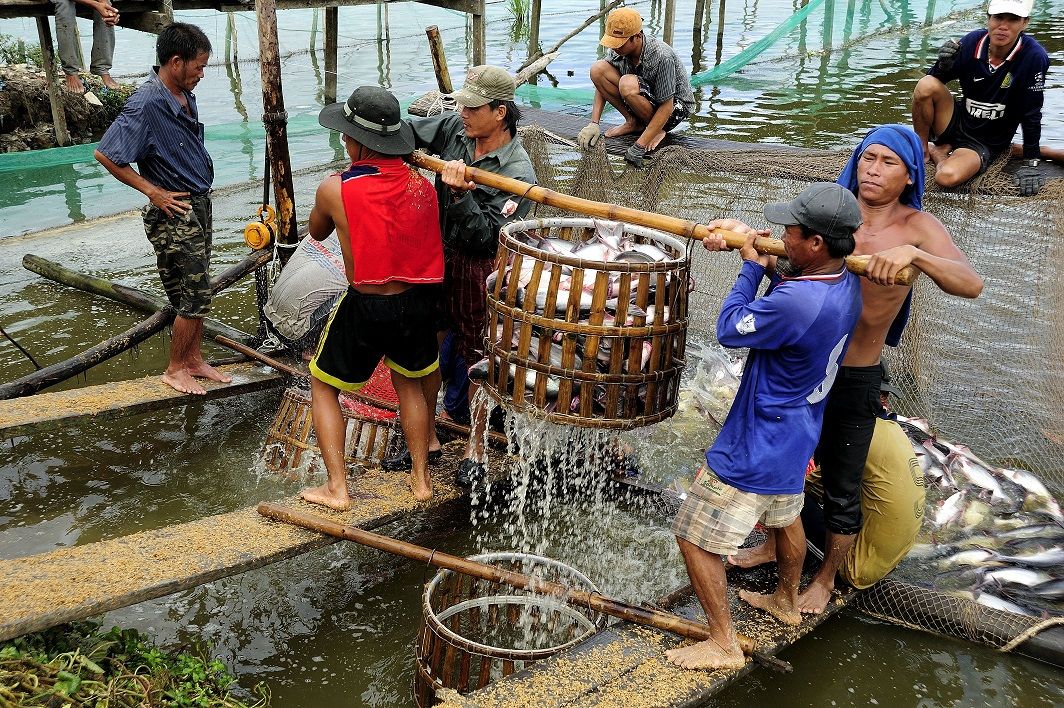
Economic recovery Challenge is to accelerate inclusive growth. Opportunity for increased investments in sustainable development and spurring the transition towards a low-carbon economy
Responding, preventing and suppressing epidemics and pandemics - Key Focal areasRenewable energy development
Modernizing agriculture
Improving food and agricultural value chains
Improving navigation
Watershed restoration
Green infrastructure development
Selected MRC SP activities (short descriptions)
3.2.2.1 Support implementation of the SHDS and coordinate alignment with regional energy plans
3.2.2.2 Assess alternative energy/water system integration options
3.2.3.1 Support implementation of the Navigation Master Plan
3.2.4.1 Support investments in wetlands and watersheds
3.2.5.1 Support investments in fisheries consistent with the BFMS
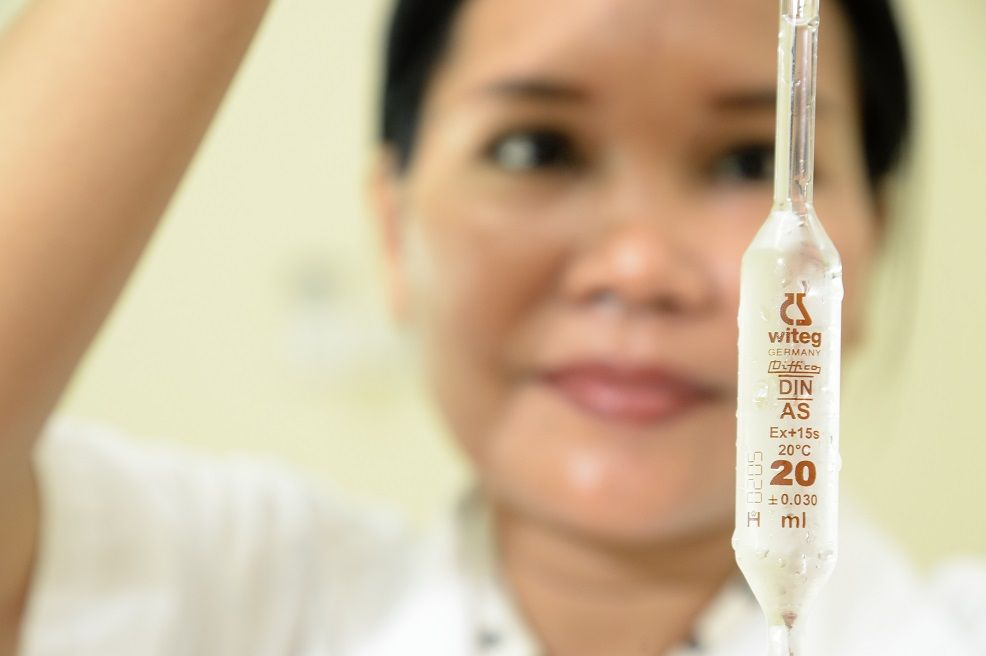
Water security Essential for preventing and combatting public health impacts of future epidemics and pandemics. Measures such as handwashing assume that communities have sustainable access to sufficient amounts of adequate quality water
Responding, preventing and suppressing epidemics and pandemics - Key Focal areasRenewable energy developmentImprovement of water availability
Improvement of water quality
Water resources management
Increasing access to WASH
Reduction of flood and drought risks
Building resilience to climate change
Selected MRC SP activities (short descriptions)
1.1.1.1 Identify new implementable flow thresholds for PMFM
1.1.1.4 Implement the PWQ including new methods and parameters (e.g. for plastic pollution)
4.2.1.2/3 Develop data and information sharing mechanisms for dams and other infrastructure
4.2.1.4 Implement info sharing and communication mechanisms for water-related emergencies
4.1.4.1 Develop improved flood and drought forecasting
4.1.4.3 Enhance flash flood guidance to basin countries
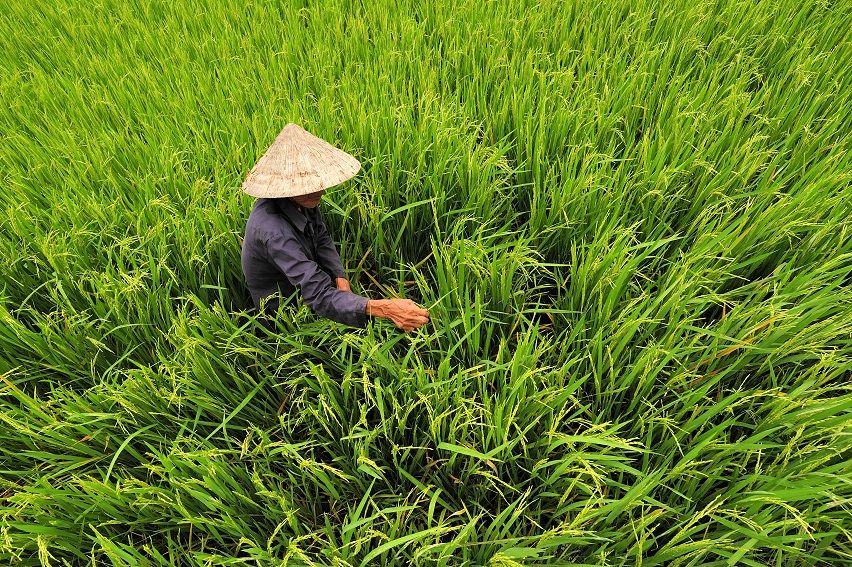
Food security The viability of agriculture is fundamental to preserve livelihoods in rural areas, contain price spikes for staple foods, and limit food import bills when foreign exchange is scarce
Responding, preventing and suppressing epidemics and pandemics - Key Focal areasRenewable energy developmentImprovement of water availability
Improvement of (irrigated) agriculture
Management of capture fisheries
Improvement of aquaculture
Selected MRC SP activities (short descriptions)
2.1.2.3 Support transboundary fisheries management projects
3.2.5.2 Explore alternative futures for fish populations and catch composition
3.2.1.2 Promote and provide guidance to irrigation development and management
2.1.3.1 Evaluate effectiveness of fish passages (including by working with developers)
4.2.2.3 Support implementation of the Drought Management Strategy
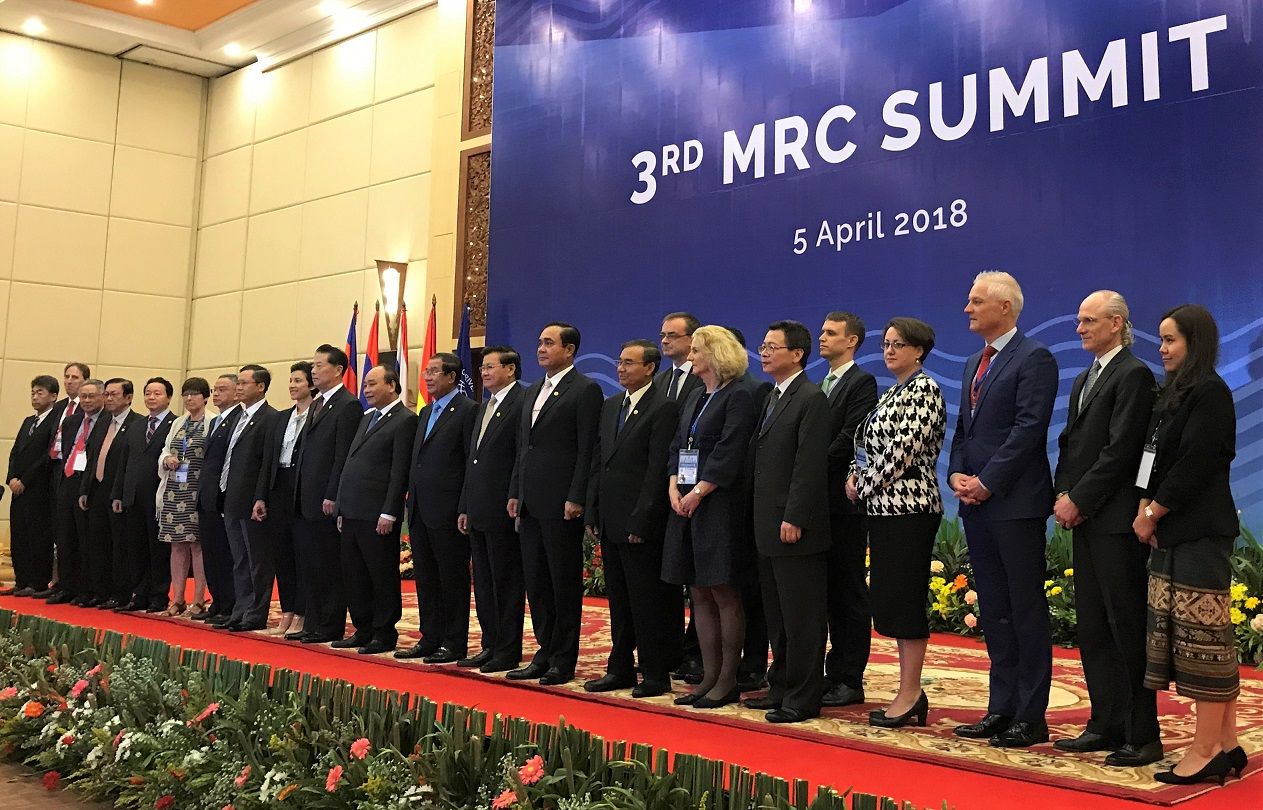
Regional cooperation and trust Essential for optimal and peaceful sustainable development, creating synergies between economic sectors in the region and within river basins, and building and maintaining trust among countries so they cooperate on responding to pandemics and disasters
Responding, preventing and suppressing epidemics and pandemics - Key Focal areasRenewable energy developmentImprovement of water availability
Joint investment projects
Trade
Joint institutions
Selected MRC SP activities (short descriptions)
3.1.1.2 Formulate development scenarios with alternative development options and update assessment methodology
3.1.1.3 Initial assessment of agreed (alternative) scenarios
5.2.2.1 Facilitate consideration of proposed joint projects and measures
4.1.1.1 Assess, redesign and develop core river monitoring network
4.1.3.1 Further study region’s DSS’s and plan a system of compatible DSS’s with the MRC DSF
5.1.1.4 Implement the PNPCA
5.1.2.1 Implement an organisational development plan for the MRC towards 2030
5.1.2.8 Implement MRC governance and dialogue meetings
5.2.1.2 Evaluate institutional options for managing the Mekong River Basin by 2030
5.2.5.1 Develop a Multiple Stakeholder Platform with Member Countries and MLC Water
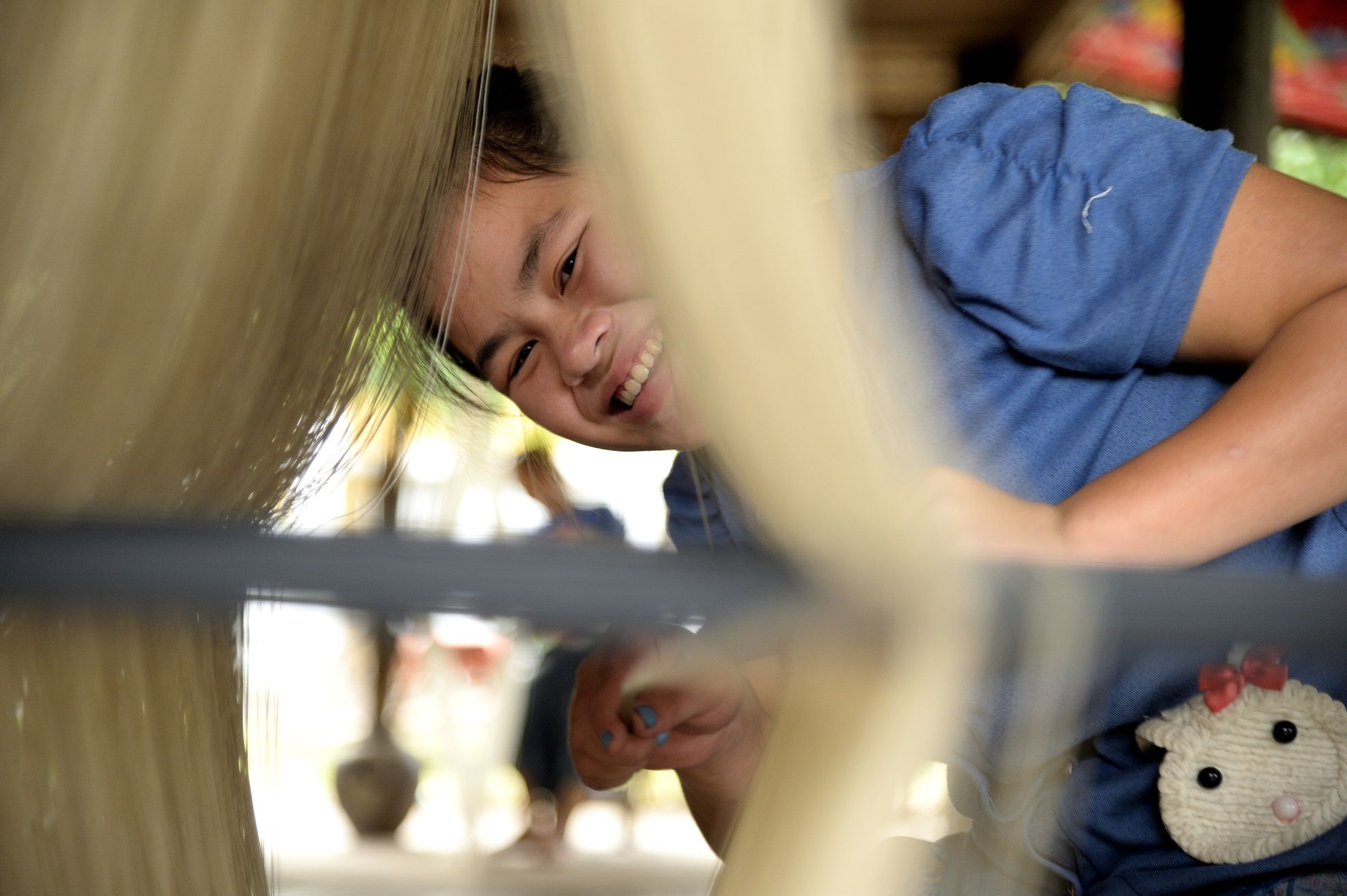
Support for vulnerable populations It is likely that poorer segments of the population will be hardest hit, including woman and marginalized groups. Response and resilience building measures need to ensure that barriers faced by these groups are tackled in interventions
Responding, preventing and suppressing epidemics and pandemics - Key Focal areasRenewable energy developmentImprovement of water availability
Immediate WASH responses, followed by interventions to strengthen water and food security and economic growth while taking a ‘gender and vulnerability’ approach to account for intersectional inequity and the different dimensions of vulnerability
Selected MRC SP activities (short descriptions)
2.1.1 Access and supply of safe water to people in vulnerable situations improved (Output BDS)
2.1.4.1 Review and analysis of multiple aspects of vulnerability including Indigenous and minority ethnic groups, gender equality and child labour, and including data requirement
2.1.4.2 Enhance gender and vulnerability disaggregated data collection within DAGAP
2.1.4.3 Analyze and recommend measures to improve equity for vulnerable groups
1.3.1.2 Support updating and implementation of management plans for prioritized key assets
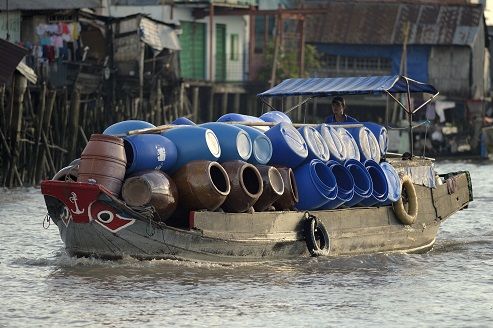
Mitigating the risk of future novel zoonotic virus outbreaks The increasing habitat fragmentation, resource competition, and resort to wildlife hunting and consumption for food seems to facilitate the movement of viruses between species and to humans
Responding, preventing and suppressing epidemics and pandemics - Key Focal areasRenewable energy developmentImprovement of water availability
More sustainable watershed management that protects contiguous habitat and reduces unnecessary animal-human contact
Improving food security so that vulnerable populations are less reliant on bush meat and wild animal harvest
Selected MRC SP activities (short descriptions)
1.3.2.1 Identify good practices for watershed management and build capacity
1.3.2.2 Develop a basin-wide planning and management framework for key watersheds
[in addition to those activities above focused on improving food security and supporting vulnerable populations]